Back in early 2025, I made a decision that I thought was the right one. I was tired of juggling devices and wanted a machine that could serve as both a tablet and a full-on workhorse for my mobile workflow. So I walked into a local Apple Store and walked out with a brand-new iPad Pro — 13-inch, loaded with the M4 chip, 1TB of storage, and all the bells and whistles. I also got the new Magic Keyboard and the Apple Pencil Pro. All in, I dropped close to \$1800.
I remember the excitement I felt unboxing that thing. The unibody aluminum chassis felt premium. The display — that glorious OLED panel — was rich, vibrant, and arguably one of the best I’d ever seen on a tablet. I set it up, opened Safari, wrote a couple of notes in Notability, launched LumaFusion, and thought, “This is it. I’ve finally found my everything device.”
But within days, I began to see cracks — and they weren’t just metaphorical.
iPadOS: A Fancy Cage for a Powerful Chip
The first thing that rubbed me the wrong way was the software. The iPad Pro had the raw power of a computer. The M4 chip wasn’t just fast — it was insane. But iPadOS was like a leash, holding back everything that chip could do. I couldn’t multitask fluidly. I couldn’t use multiple windows in the way I was used to on my MacBook. Even Chrome felt like a toy version of itself — no extensions, no real tabs, no power-user controls.
Using WordPress on it was a nightmare. I tried updating one of my tech blog posts using Safari. Formatting broke. The editor glitched. Then I opened it in Chrome. Same thing. I found myself constantly having to switch to my MacBook just to get basic browser-based tasks done.
Worse still, iPadOS’s multitasking — Stage Manager, Split View, Slide Over — felt clunky and inconsistent. Sometimes an app refused to resize. Other times, touch input stopped working in half of the window. And don’t even get me started on file management. AirDropping files back and forth became a routine. I wasn’t working faster. I was just working more annoyingly.
The Keyboard That Looked Good But Wobbled Like Jelly
The Magic Keyboard was sleek — no question. I loved how it magnetically floated the iPad in mid-air, giving me a pseudo-laptop feel. But then I tried using the Apple Pencil while the iPad was mounted on it. The whole thing wobbled like a drunk flamingo.
Sketching? Forget it. Marking up PDFs? More like trying to write on a trampoline.
It was frustrating. For \$329, I expected something more solid. I tried propping it on a book, adjusting the tilt, even switching to a third-party folio. But none of it gave me the desktop-stable feeling I needed when using the Apple Pencil Pro for actual work.
The App Compatibility Game I Didn’t Want to Play
Let me be clear: the iPad Pro can run some incredible apps. LumaFusion, Procreate, Affinity Photo — these are shining examples of what tablet software can be. But I needed more than that.
My daily workflow includes using Adobe Premiere Pro, InDesign, Blender (for some side projects), and occasionally some AI tools like Topaz Video AI or DaVinci Resolve Studio. None of these are on iPadOS. Some have watered-down counterparts. But that’s just it — they’re watered-down. Functionality is sacrificed at the altar of “tablet-friendliness.”
I didn’t buy an \$1800 device to run baby versions of the tools I need to do real work. I wanted power, not play. And iPadOS just couldn’t deliver. What made it even more aggravating was that I could feel how fast the M4 was. But the chip was locked in a sandbox. An expensive, beautiful sandbox.
I Regret Buying the iPad Pro. This Surprising Windows Tablet Showed Me Why.
The Discovery: A Windows Tablet That Changed Everything
After a few frustrating weeks, I stumbled across a tech forum thread where someone praised the Asus ProArt PZ13. This tablet was niche, under the radar, but it promised something that immediately caught my attention: a true Windows 11 experience on a portable, pen-enabled device with a color-accurate 13-inch display. No compromises.
I was skeptical — after all, Windows tablets have a checkered past. But the specs looked promising: Intel Core i7, 16GB RAM, 1TB SSD, and a 120Hz 2880×1800 OLED screen with 100% DCI-P3 color coverage. Most importantly, it ran full Windows 11 — the same OS I used on my desktop.
After some research, I ordered one from Best Buy online (they ship nationwide and have a good return policy). It arrived within two days.
First Impressions: Familiar, Yet Refreshing
Unboxing the ProArt PZ13 felt different. The device was solid but light, with a premium magnesium alloy chassis. The hinge and kickstand design were perfect for tablet mode or propped up on a desk. The included stylus was precise, with 4096 pressure levels and tilt support — just like the Apple Pencil, but with none of the wobble.
I booted it up. Windows 11 greeted me with its familiar desktop interface. No sandbox, no weird app store limitations. Just full Windows.
True Multitasking Without the Headaches
Right away, I opened Chrome, Photoshop, Premiere Pro, and a few AI apps side by side. No glitches, no frozen windows, no awkward resizing. Windows handled my workflow like a boss.
I could drag and drop files anywhere, open multiple tabs with extensions, customize everything, and install any software I wanted — including legacy programs that iPadOS doesn’t even dream of.
The touchscreen plus pen combo was buttery smooth. In Photoshop, brush strokes felt natural, with zero lag or jitter. The color accuracy blew me away. For video editing, the ProArt’s display showed every frame with sharp detail and true-to-life color.
Battery Life That Keeps Up
The iPad Pro’s battery was decent, but the ProArt’s efficiency surprised me. Thanks to its intelligent power management, I got close to 8 hours of mixed use — editing, streaming, note-taking — without hunting for an outlet.
The tablet also supports USB-C fast charging and even USB-C Power Delivery to recharge other devices. For a pro user on the go, this was a game changer.
Port Selection: Finally, Ports That Matter
One of my biggest iPad gripes was the lack of ports. The Magic Keyboard’s single USB-C pass-through meant I constantly had to juggle dongles.
The ProArt PZ13 had two full Thunderbolt 4 ports, a microSD card slot, and a headphone jack. I plugged in external drives, a 4K monitor, and even my DSLR card reader — no adapters needed.
The Downsides? Sure, It’s Not Perfect.
Nothing’s perfect. The Asus ProArt PZ13’s keyboard cover was a separate purchase, and it wasn’t as sleek as Apple’s Magic Keyboard. The Windows tablet ecosystem still isn’t as tight as Apple’s for some apps. The pen, while excellent, required occasional battery charging, unlike the Apple Pencil’s magnetic wireless charging.
Still, for my workflow, these were minor issues compared to the iPad Pro’s crippling software restrictions.
Why I’m Returning My iPad Pro
After three weeks with both devices, the choice was clear. The iPad Pro felt like a beautiful cage — powerful hardware trapped behind a limited OS and frustrating UX. The Asus ProArt PZ13 gave me freedom, power, and flexibility, wrapped in a sleek tablet form factor.
If you’re a creative pro or power user, and you’re considering the iPad Pro, I urge you to think twice. The latest Windows tablets might be niche, but they’re quietly solving the very problems Apple ignores.
You can check out the Asus ProArt PZ13 on Best Buy, Amazon, and B\&H Photo for competitive pricing and fast shipping. For me, this surprising Windows tablet isn’t just a “nice to have” — it’s the right tool for real work.
Don’t Buy Hype, Buy Utility
Apple’s marketing is mesmerizing. The iPad Pro is beautiful, and for some, it’s exactly what they need. But I’m here to say: if your work requires real software, multitasking, ports, and freedom, don’t fall for the hype.
Sometimes the best choice is the unexpected one — and the Asus ProArt PZ13 showed me that. I regret buying the iPad Pro because I was blinded by aesthetics and brand, ignoring what really matters: a device that works for me — not the other way around.
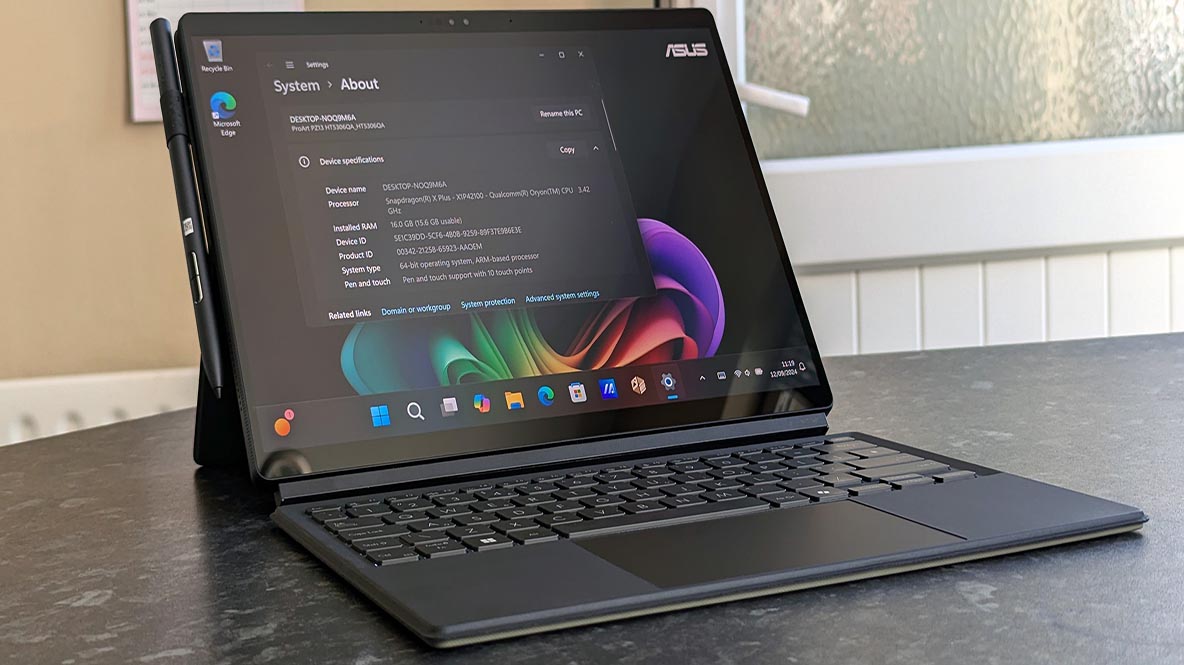
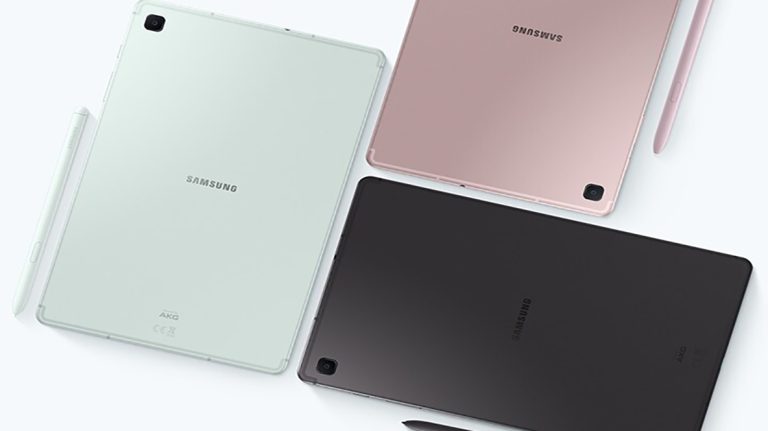
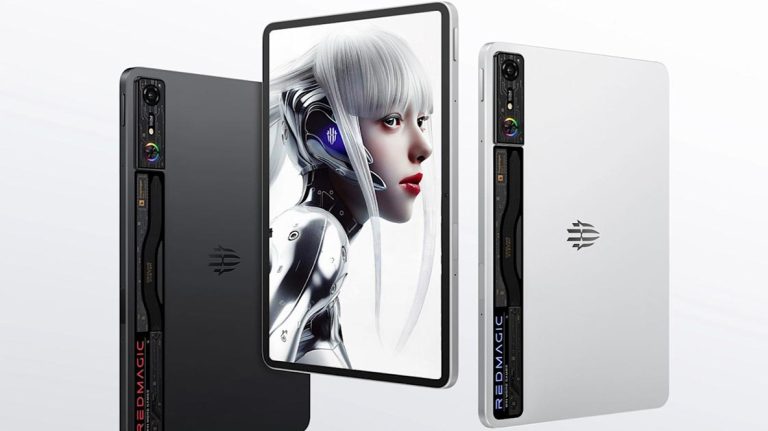
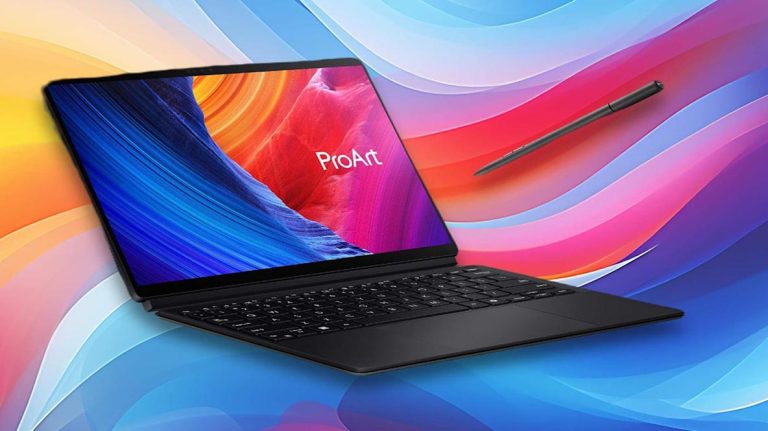
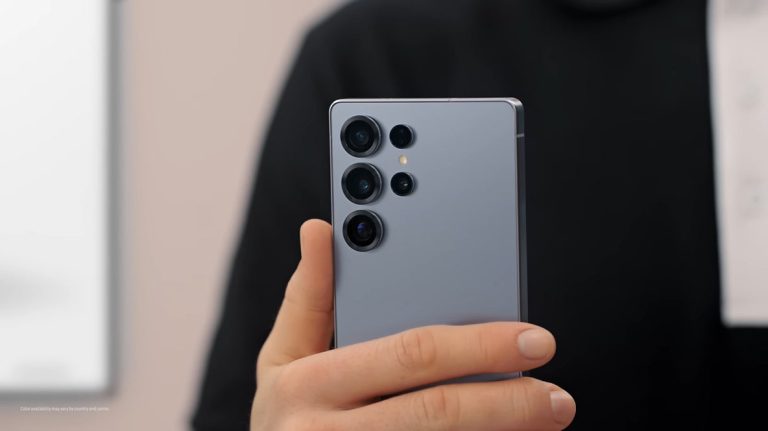
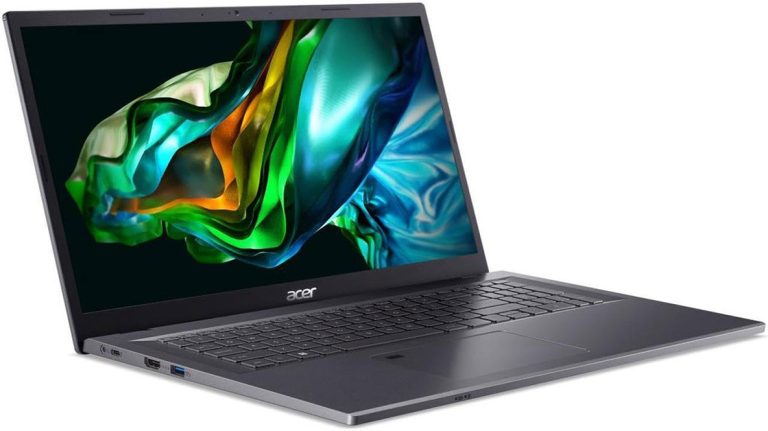
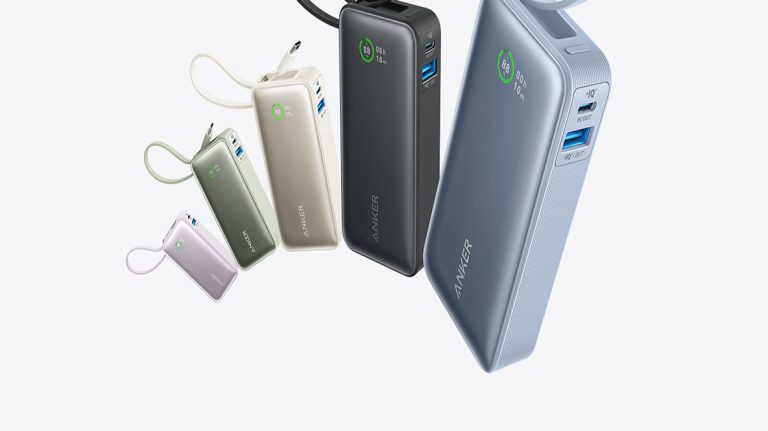
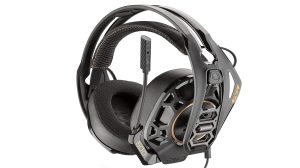
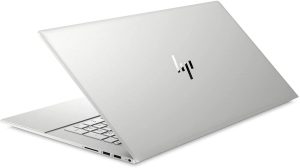

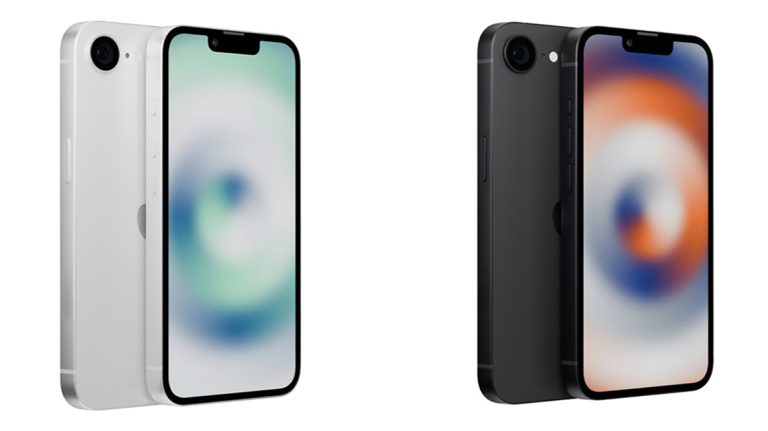
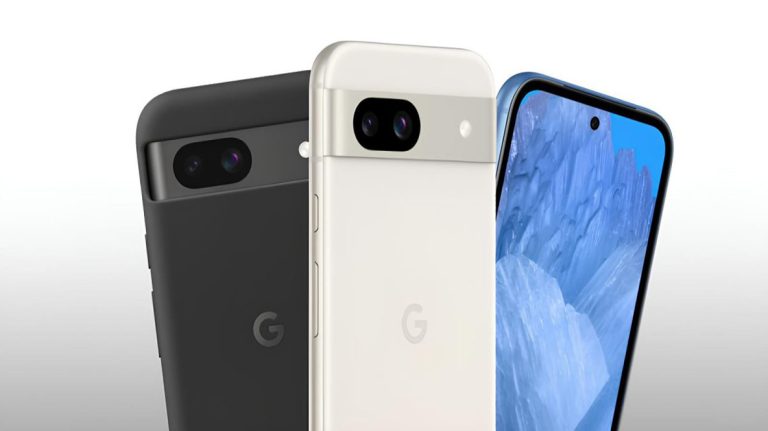
+ There are no comments
Add yours